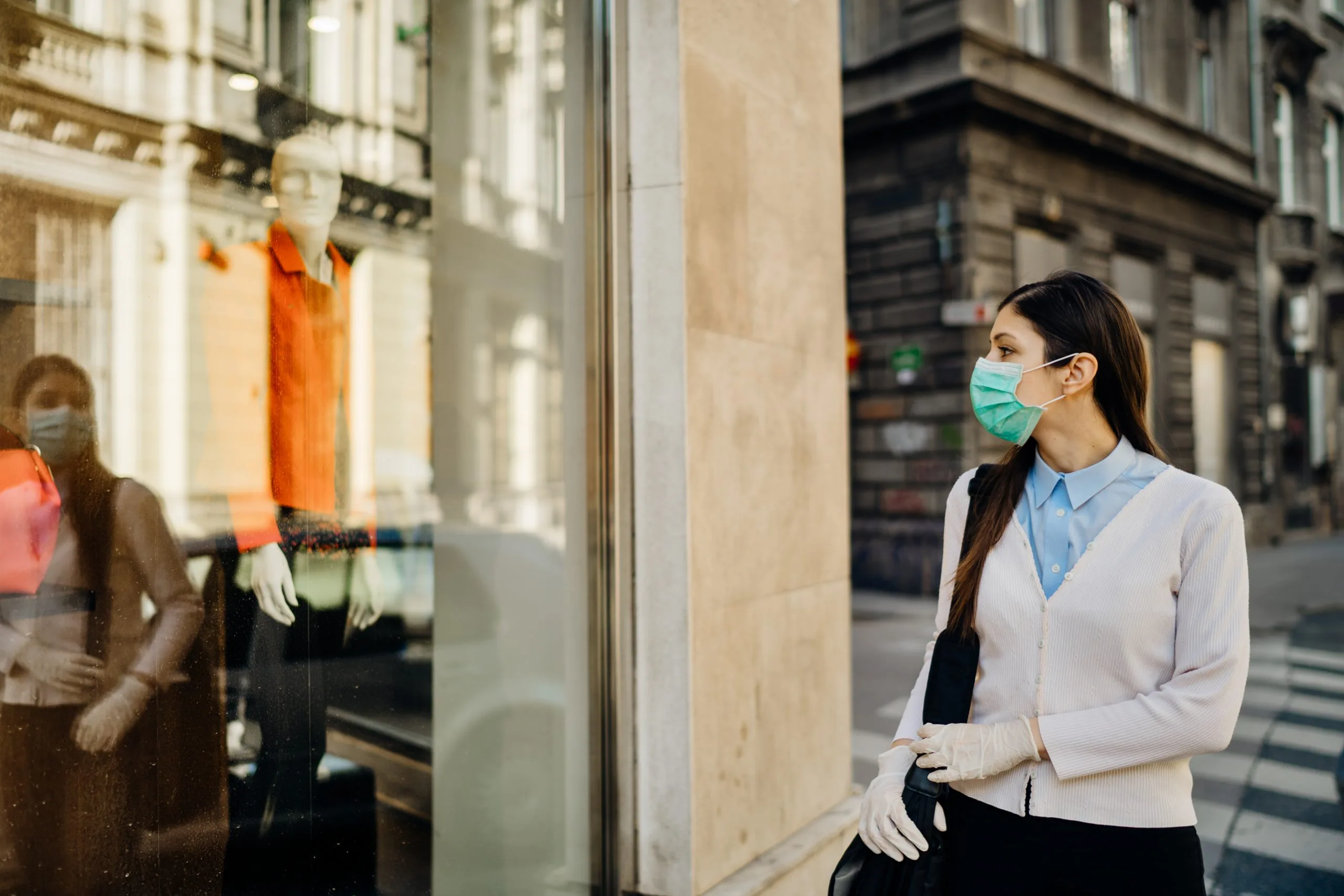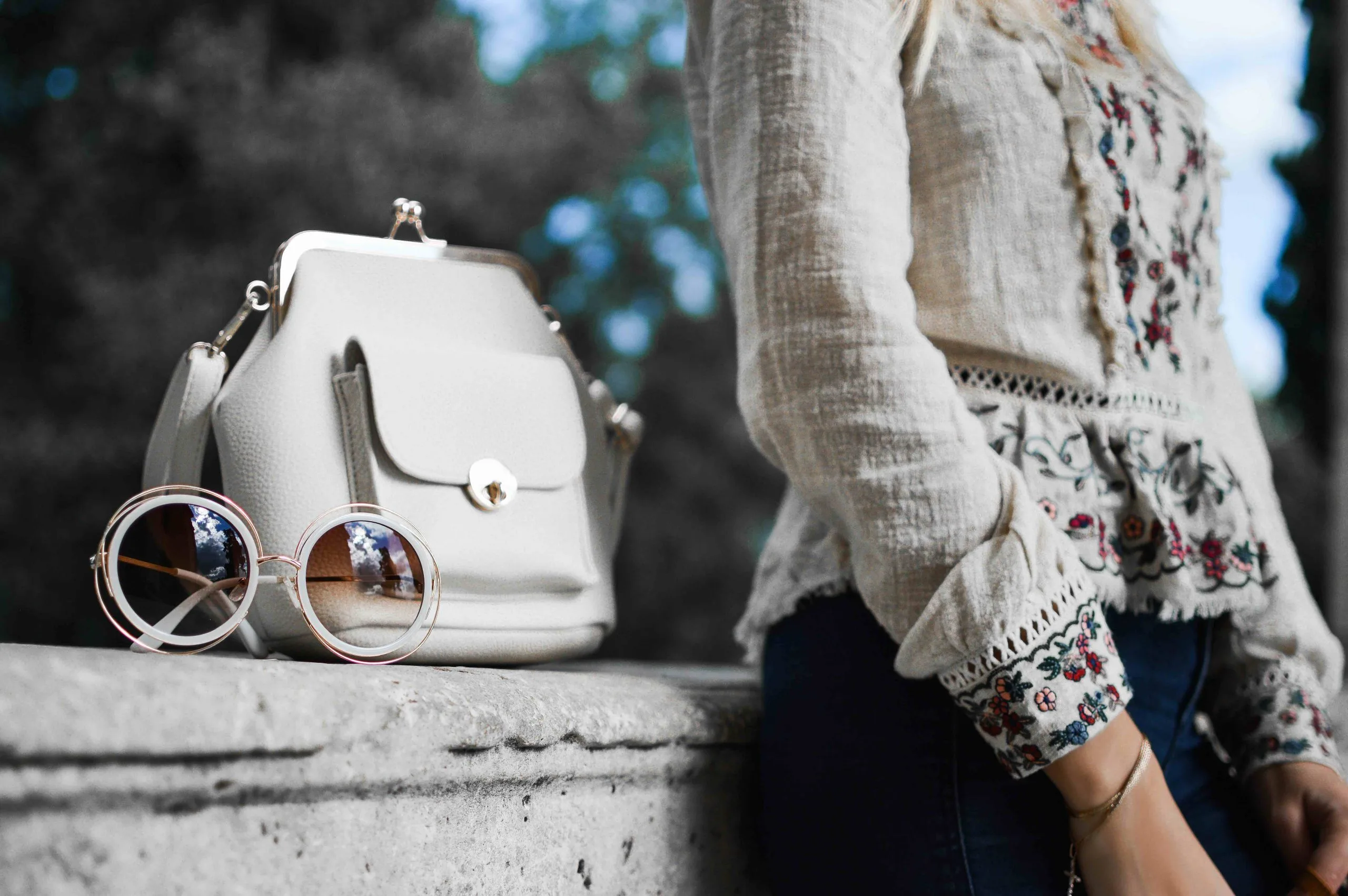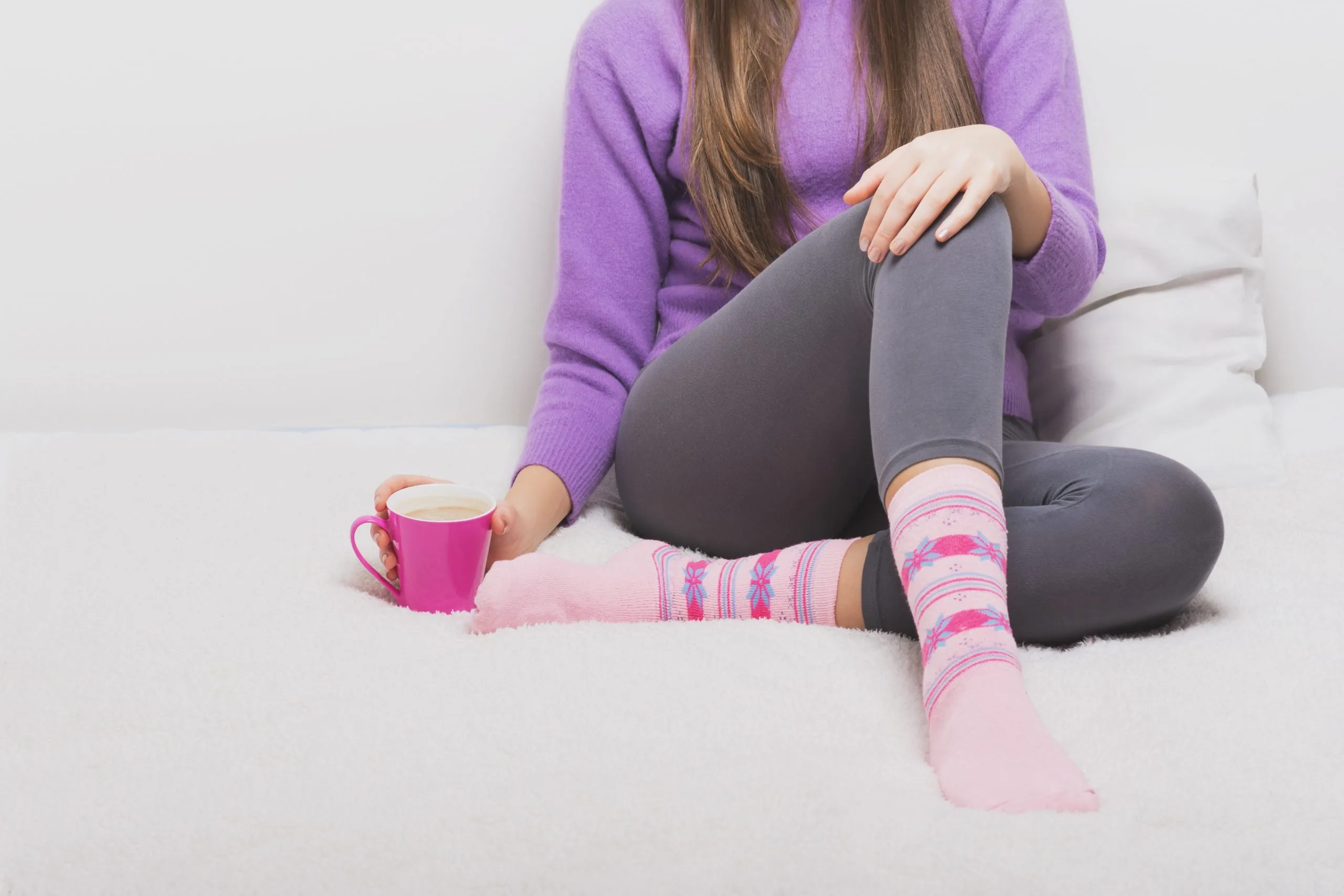2020 has been the year that no-one could have predicted. Many of us have seen our worlds turned upside down, our work-life completely transformed, and our social life confined to a zoom screen for a large chunk of the year. Just like many other things in life, our fashion sense has undergone somewhat of a transformation.
In the early days of lockdown, we witnessed a loungewear revolution. People switched out shirts for sweatpants and signed onto virtual business meetings from the comfort of their sofas. But surely there’s been more to 2020 fashion than a surge in sweatpant orders? Lockdown changed the clothes we wear. Additionally, for many of us, it has changed our attitudes towards shopping. Both customers and brands alike have had to rethink their approach to fashion.
Lockdown and Fashion Trends
Hybridisation and effortless style
If there’s one thing this year has taught us, it’s that we value comfort and happiness over restriction. We’ve already felt confined to our houses. So being stuck in the constraints of uncomfortable clothing has not been an idea worth entertaining. Although we’ve seen a small shift back to ‘reality’ recently, people are now once again being encouraged to work from home ‘if you can’, so loungewear is set to triumph over traditional workwear, at least in the near future!
Fashion historian, Valerie Steele, explains that ‘seismic world events usually accelerate changes that were already occurring’, and it’s true that loungewear was already making a comeback while the traditional suit has been seeing its gradual demise for a while now. The lockdown has simply sped up inevitable fashion trends. Our fashion choices have veered towards the more casual end of the spectrum since the 1970s after all.
Year on year, we were already seeing a 40 percent decrease in women’s workwear offerings and a 20 percent decrease in sales. So it’s clear that casual fashion was already beginning to spell the downfall of traditional workwear.
One casual fashion trend we have seen accelerate during lockdown is hybridisation. This is the idea of building comfort into clothing types that have typically been constricted and rigid. Smart trousers with an elasticated waist are one example of this. Another is jeans made of softer materials that are designed to feel more like tights when worn.
Looking for local supply chains
The experience of lockdown has made many people and businesses question where they get their clothes from. When the Covid-19 pandemic first hit the UK, many international retail supply chains were disrupted. This forced brands and consumers to look closer to home for their materials and products.
We will likely see a continuation of this trend as we move forward. Digitalisation, as well as diverse sourcing, will completely transform fashion supply chains and where we get our garments.
An acceleration of online shopping
In the UK, the growth of e-commerce has been extraordinary over the past decade. Since 2013, the online retail market has grown by 54.9 percent. This growth is forecast to increase by another 34.5 percent by 2023. During the lockdown, this growth saw a real boom, and Covid-19 is thought to have contributed £5.3 billion to e-commerce in the UK through 2020.
Needless to say, online retail will continue to dominate the fashion market even as we come out of lockdown.
One example that has been particularly popular during lockdown is the tent dress. It’s easy to wear and high on style. The tent dress can be seen as the ultimate online shopping piece as it is loose-fitting, yet stylish. Dresses and other loosely fitting garments are becoming more popular when it comes to online shopping. This is because shoppers are far less likely to have to send them back due to a bad fit.
Crafting and customization
Another trend that we’ve seen blow up over lockdown, especially among the TikTok generation, is getting creative with garments. During our time spent in the house, we have seen a real resurgence of tie-dying, kitting, and other forms of customizing. Celebrity influencers have led the way, with eager crafters sharing their creations on social media.
For many, lockdown certainly unlocks a spirit of creativity. This artistic flare is likely to see consumers continue to get crafty with their clothing as we move forward.
Digital inspiration
Finally, let’s talk about where our vital fashion-inspo has come from this year, amid a socially distanced world. For a while now, the world of fashion and the events that make it what it is, such as Fashion Week, has been veering towards an online future. However, Covid-19 has, again, sped up the process.
Events like London Fashion week have been held exclusively online. It’s the age of Instagram influencers and fashion bloggers. We’re no longer strangers to looking towards the internet for style inspiration. As lockdown has accelerated the digitalisation of the fashion industry, we can only expect to see this trend increase.
Conclusion
We can attempt to forecast trends as we head towards 2021. However, this year has taught us to expect the unexpected! That said, you can certainly bet on a drastic move online. Additionally, expect a continued rejection of formal workwear for the foreseeable future.

eldar nurkovic/shutterstock
Sources
- https://www.weforum.org/agenda/2020/05/this-is-what-global-supply-chains-will-look-like-after-covid-19/
- https://fashionunited.uk/news/fashion/post-covid-the-future-of-workwear-and-loungewear/2020081450350
- https://wwd.com/business-news/business-features/facebook-reinventing-fashion-week-for-a-new-era-1234598784/
- https://www.theguardian.com/fashion/2020/jul/26/a-hard-days-nightie-will-lockdown-change-the-way-we-dress-forever
- https://www.bbc.com/news/uk-54247372
- https://www.prnewswire.com/news-releases/covid-19-to-add-5-3bn-to-uk-ecommerce-in-2020–301080427.html
Who is the author?
 An experienced and passionate writer, Delilah specialises in technology, travel, and culture. Since acquiring an undergraduate BA (Hons) degree in English Literature from the University of Leeds, she has gone on to write for many online and print publications across different sectors.
An experienced and passionate writer, Delilah specialises in technology, travel, and culture. Since acquiring an undergraduate BA (Hons) degree in English Literature from the University of Leeds, she has gone on to write for many online and print publications across different sectors.





![women [longevity live]](https://longevitylive.com/wp-content/uploads/2020/01/photo-of-women-walking-down-the-street-1116984-100x100.jpg)










